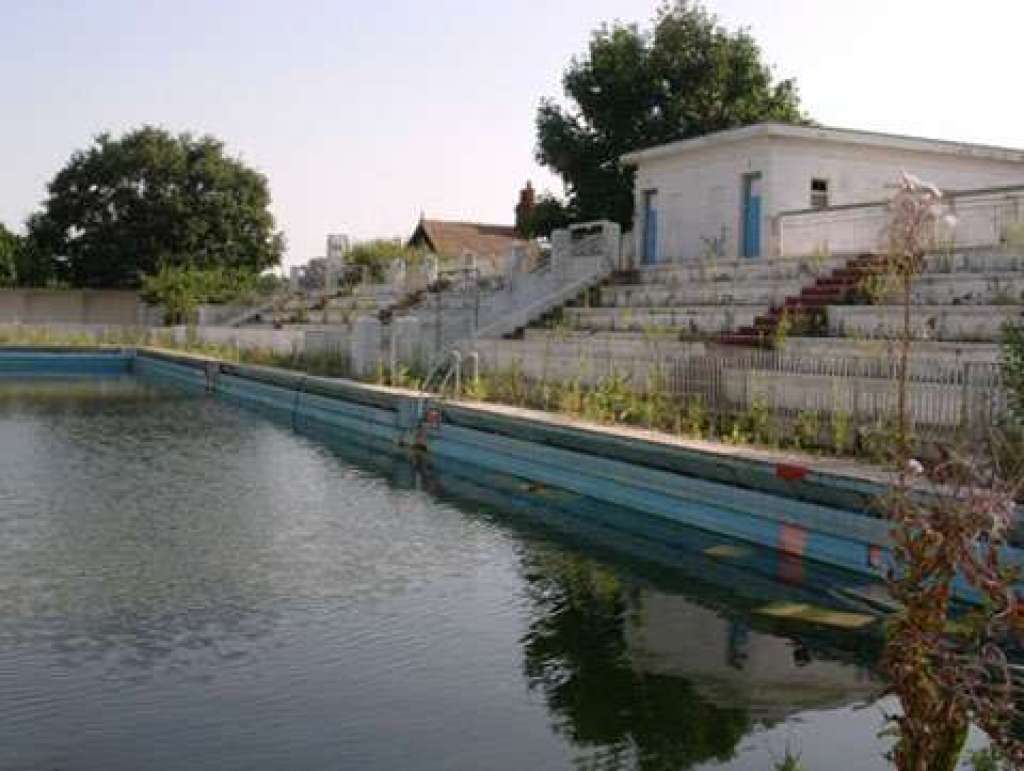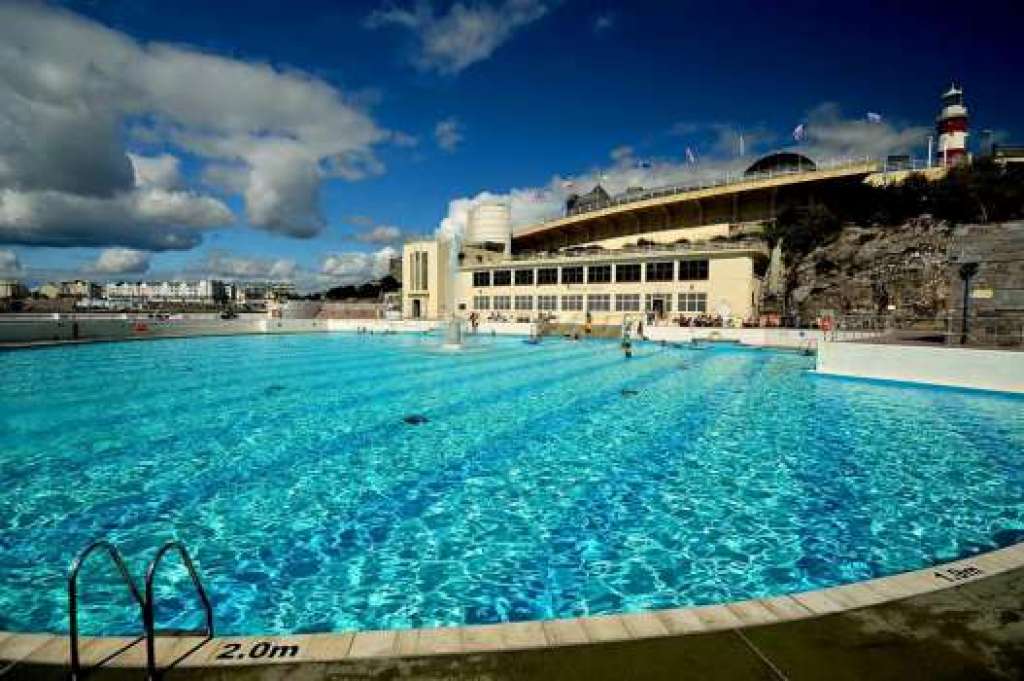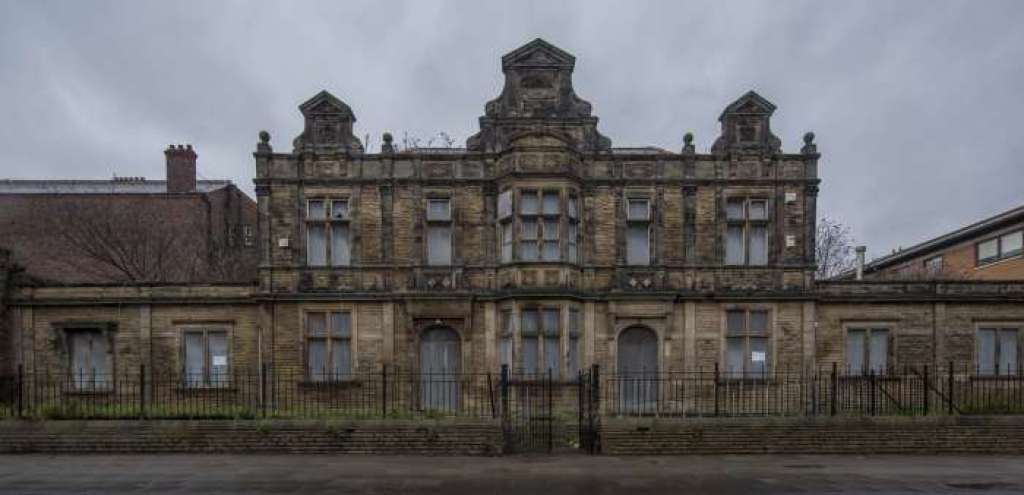Staying Afloat
Images: Cleveland Bath, Hampton Row, Bath by Tony McNicol Photography and Broomhill Lido, Ipswich, Tinside Lido, Victoria Baths by Eveleigh Photography, Moseley Road Baths, Cliftonville Baths and Lido, Bon Accord Baths, Balliol Road Baths by Eveleigh Photography, Pithead Baths, Lynemouth.
13 September 2019
Buildings At Risk SAVE volunteer, Chloe Whittaker, has conducted a review and update of all the pools which are on SAVE’s Buildings at Risk register – currently a total of 12. We have diverse examples of pools on our Buildings at Risk register – from pithead baths to Art Deco lidos and, thankfully, many of these are now, or are soon-to-be, wonderful success stories.
Public baths and lidos are to be found in towns and cities across Britain. Yet sadly, many have been demolished or simply neglected and allowed to fall into disrepair. Many lidos were forced to close when international flights became much cheaper and Britons chose to spend the summer holidays somewhere sunny abroad, rather than try their luck with the unpredictable British climate. Many ageing public baths have suffered through funding cuts at a time when restoration and updating is needed. There is, however, a revival of interest in public pools—particularly lidos—in Britain. This is reflected in the V&A Museum’s current exhibition ‘Into the Blue’ which explores the history of British bathing.
Pools that have been restored and are now open for the public to enjoy include the 1938 Broomhill Lido in Ipswich and the 1902 King’s Meadow Swimming Baths, also known as the Thames Lido in Reading—both of which are grade II listed. The Tinside Lido in Plymouth—a glorious 1935 Art Deco structure—and the 1839 Victoria Baths in Promenade, Southport also provide swimming facilities. The Moseley Road Baths in Birmingham recently re-opened one of its pools, giving locals an opportunity to enjoy the grade II* listed early 20th century building. Work has started to restore the second Moseley pool and its completion will be celebrated with a contemporary art exhibition, which will be held in February 2020.
Pools that have been restored and are now open for the public to enjoy include the 1938 Broomhill Lido in Ipswich and the 1902 King’s Meadow Swimming Baths, also known as the Thames Lido in Reading—both of which are grade II listed. The Tinside Lido in Plymouth—a glorious 1935 Art Deco structure—and the 1839 Victoria Baths in Promenade, Southport also provide swimming facilities. The Moseley Road Baths in Birmingham recently re-opened one of its pools, giving locals an opportunity to enjoy the grade II* listed early 20th century building. Work has started to restore the second Moseley pool and its completion will be celebrated with a contemporary art exhibition, which will be held in February 2020.
"Most of the pools rely on volunteers to stay open, since local councils have been forced to make budget cuts. But by visiting these historic lidos or baths you can help maintain them for future enjoyment".
Most of the pools rely on volunteers to stay open, since local councils have been forced to make budget cuts. But by visiting these historic lidos or baths you can help maintain them for future enjoyment. In some towns and cities, groups of determined volunteers have worked together to save their local lido or pool. The early 19th - early 20th century Cliftonville Baths and Lido in Margate, for instance, are currently being cleared and assessed by a small body of people, who hope to eventually reopen them for community use. The same type of work being carried out at Art Deco Bon Accord Baths of 1937, on Justice Mill Lane in Aberdeen. Britain’s oldest lido, the Cleveland Bath on Hampton Row in Bath of 1814 is also being restored and is set to re-open in the spring or summer of 2020.
While many baths and pools have been restored, there are many on SAVE’s register that still need our help. The Collier Street Baths, built in 1856 in Salford remains empty. Liverpool’s Balliol Road Baths (or Bootle Baths) of 1888 is another important Victorian bathing house suffering from neglect. The 1930s Former Heath Town Baths and Library in Wolverhampton is also unoccupied, as is the Pithead Baths building in Lynemouth, which was built by and for coal miners in 1938 after emerging from the pit and to enable them to return home clean or to go out after work.









